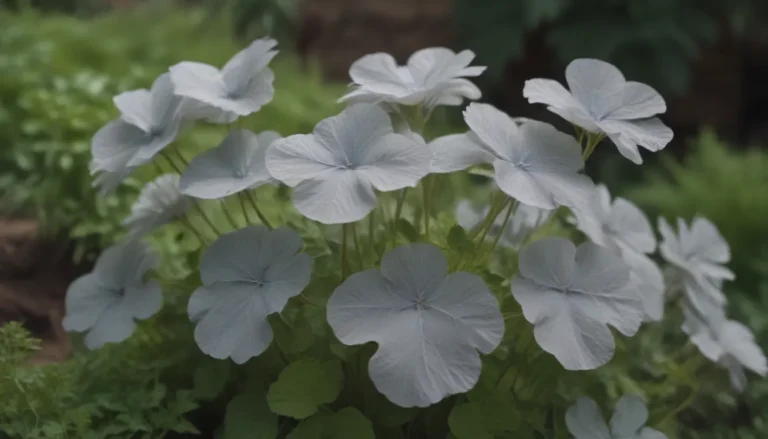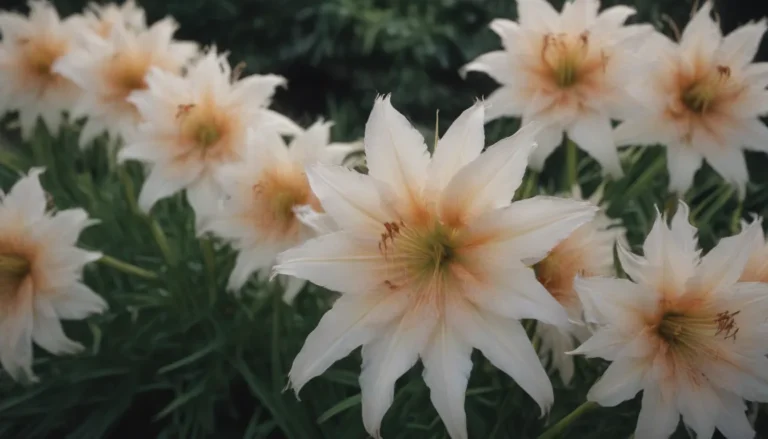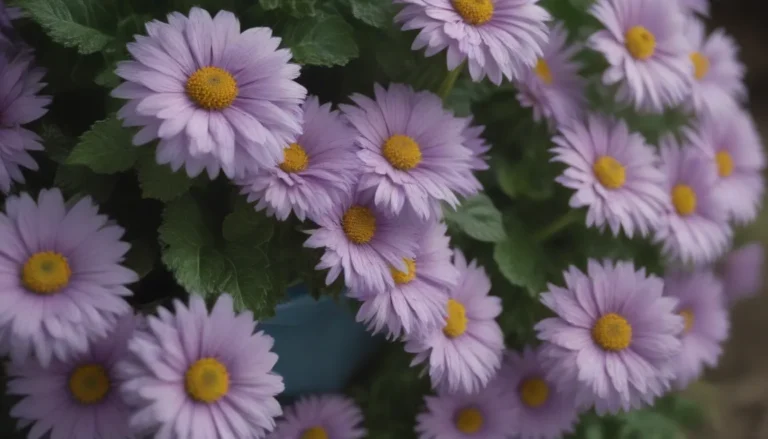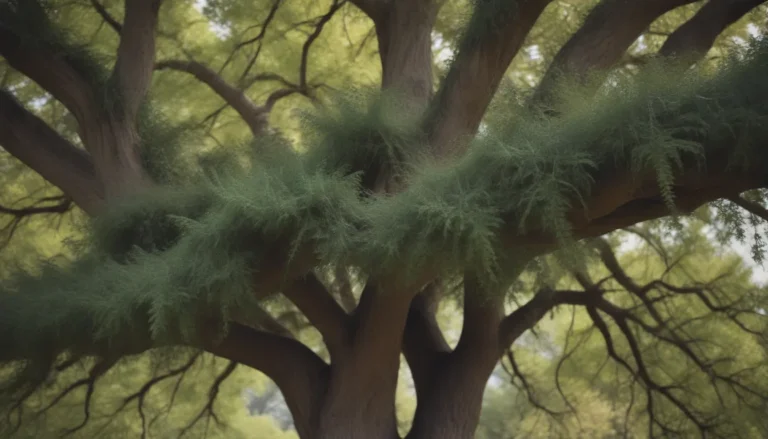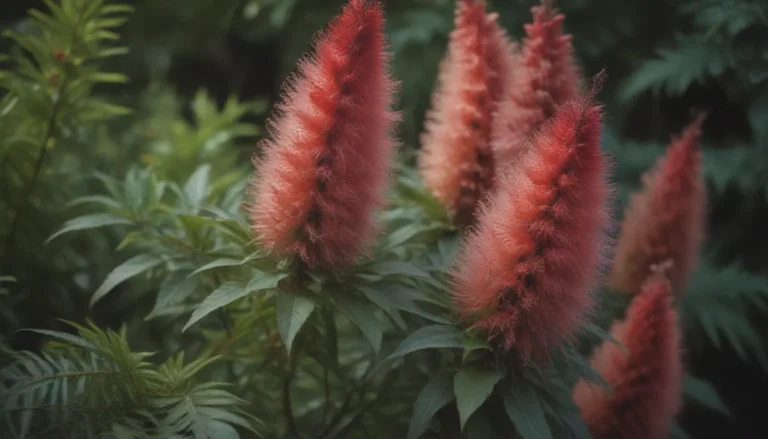The Ultimate Guide to Eliminating Moss in Your Lawn
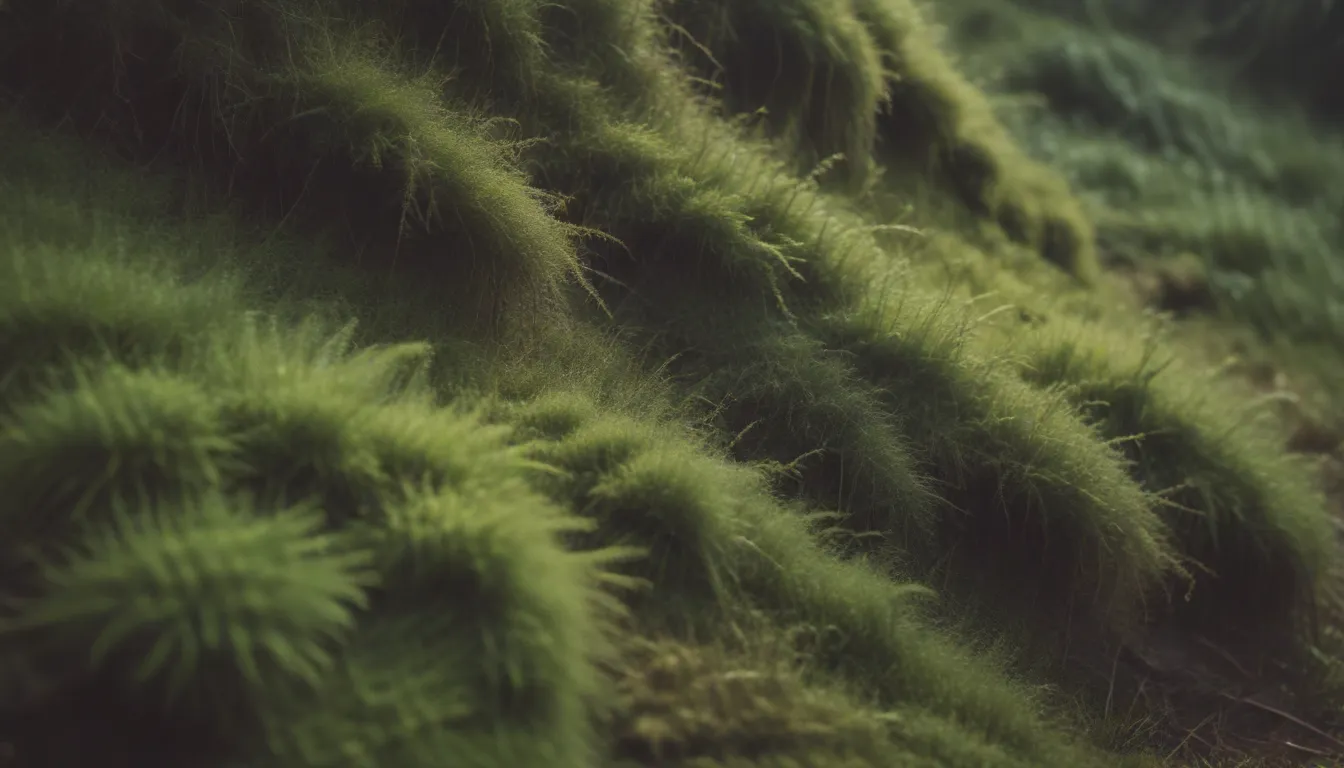
Moss can be a beautiful addition to your landscape when it grows in designated areas, but it can quickly become a nuisance when it starts taking over your lawn. If you’re dealing with unsightly moss patches in your yard, you may be wondering how to effectively get rid of it without causing harm to your grass. While there are several traditional methods for killing moss, one of the simplest and safest solutions is using dish soap.
Why Dish Soap?
Dish soap is a household item that is both effective and gentle on your lawn. It’s an affordable alternative to commercial moss killers and can be easily applied with a basic garden sprayer. Plus, using dish soap poses minimal risks to pets, plants, and the environment compared to chemical treatments.
How to Kill Moss with Dish Soap
Here is a step-by-step guide on how to effectively eliminate moss using dish soap:
-
Prepare the Solution
-
For small patches of moss, mix 2 ounces of liquid dish soap, such as blue Dawn, with 1 gallon of water in a garden hand sprayer.
-
For larger areas, use 4 ounces of dish soap in 2 gallons of water for every 1,000 square feet of lawn.
-
Apply the Solution
-
Spray the mixture directly onto the patches of moss, making sure to saturate them completely.
-
Avoid spraying the solution on healthy grass, as it may cause damage.
-
Wait and Remove
-
Allow the solution to sit for 24 hours until the moss turns orange or brown and begins to dry up.
-
Remove the dead moss from your lawn, ensuring to eliminate as much as possible.
-
Rehabilitate
- Dispose of the dead moss in an isolated area, away from your yard.
- Wait to re-seed any bare spots left by the moss, as the soap can hinder germination.
When to Use the Moss Killer Solution
Late spring and early fall are the ideal times to apply the dish soap and water mixture to kill moss. Make sure the grass is moist before application and avoid treating moss on your roof with this solution, as it may cause damage. Check the weather forecast to ensure there is no rain expected within 24 hours of applying the solution.
Preventing Moss Regrowth
While dish soap is an effective short-term solution for moss control, addressing the underlying cause of moss growth is essential for long-term prevention. Test the pH level of your soil, as moss thrives in acidic conditions. Adding lime to your soil can help increase its alkalinity and discourage moss growth. Consider adding lime to your yard between fall and early spring or before the first frost in the fall for optimal results.
If moss continues to be a persistent issue, you may want to explore moss gardening as an alternative solution. Embracing the natural beauty of moss in shaded areas of your lawn can be a unique and sustainable landscaping choice.
Alternative Moss Control Methods
In addition to dish soap, there are other effective products and methods for eliminating moss in your yard. Consider using products containing potassium soap, ferrous sulfate, or fatty acids to dry up and kill moss quickly. Vinegar is also a natural alternative that can damage the cell walls of moss and eventually kill it. This method works well on various surfaces, including patio pavers, concrete, and brick.
Remember, maintaining a healthy lawn with proper watering, mowing, and fertilizing practices can also help prevent moss growth. If you’re still struggling with moss in your yard, consult with a local gardening expert or extension service for tailored advice on moss control in your specific region.
By taking proactive steps to address moss growth in your lawn, you can ensure a vibrant, moss-free landscape that enhances the overall beauty of your outdoor space. Whether you choose to use dish soap or explore alternative methods, maintaining a healthy and thriving lawn is within reach.
